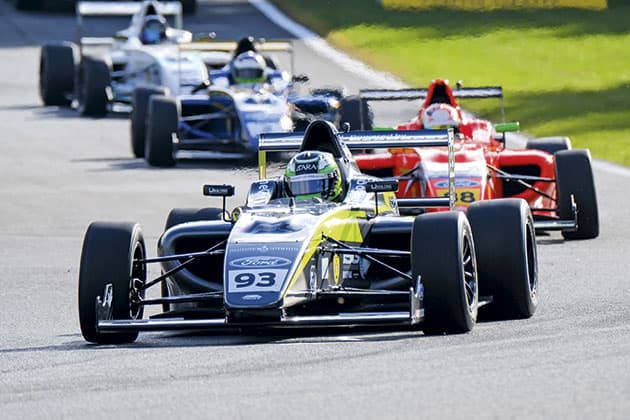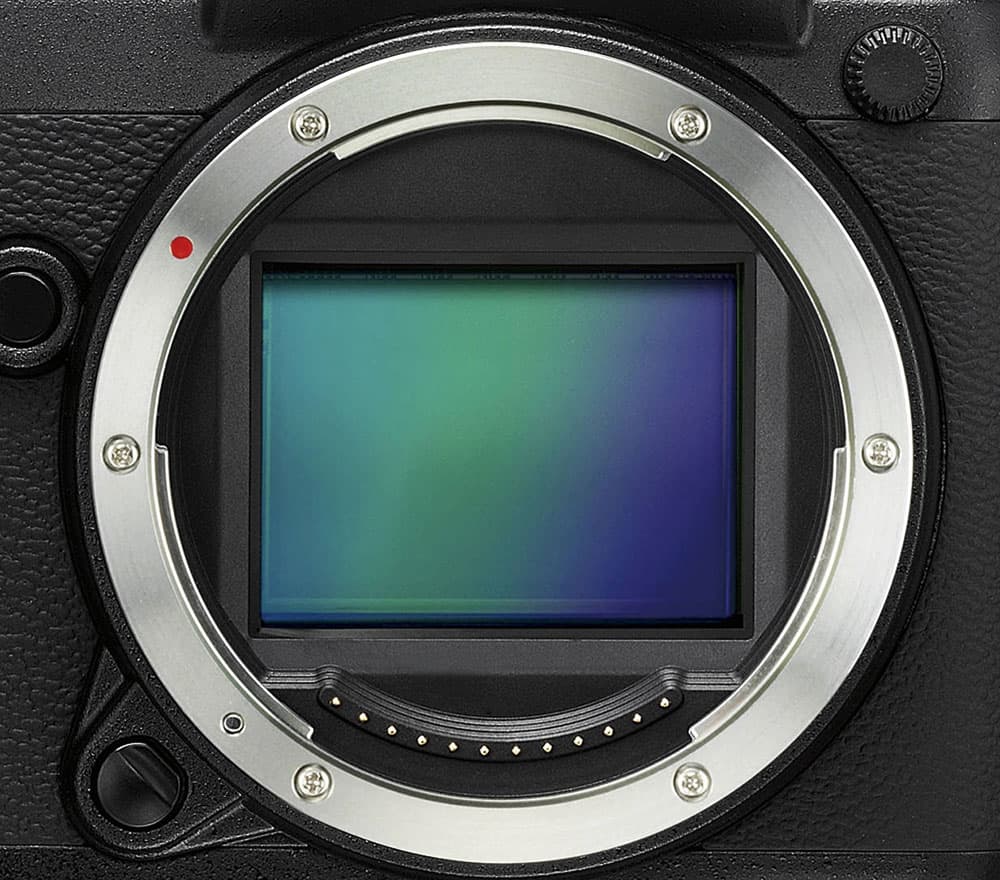1. They have small sensors
Although there have been a few smaller-format mirrorless cameras such as the tiny Pentax Q series and the Nikon 1 range, the majority of mirrorless cameras use the same Four Thirds, APS-C and full-frame-sized sensors as are found in most DSLRs. What’s more, the recently launched Hasselblad X1D and Fujifilm GFX 50S use the same 43.8×32.9mm sensor as the Pentax 645Z, which means they’re medium- format mirrorless cameras.
2. They are aimed at beginners
There are mirrorless system cameras that are suitable for use by a wide range of photographers, including professionals. Thanks to its small size and detail resolution, the Sony A7R II, for example, has proved popular with landscape and fashion photographers, while many street, portrait and lifestyle photographers love the Fuji X-T2. The Olympus OM-D E-M1 is also popular.
3. They lack control for video
The trend for shooting video on smaller/stills cameras might have started with SLRs such as the Canon EOS 5D Mark II but compact system cameras such as the Sony A7S, A7S II, and Panasonic GH4 and GH5 have really raised the game. In addition to features such as focus peaking, zebra display and Time Code, they also offer gamma control to extend dynamic range, and gamma display assist so you can see how video could appear after a contrast curve is applied. Many CSCs also offer control over audio, and have both headphone and mic ports so you can record higher quality sound.
4. They have low pixel counts
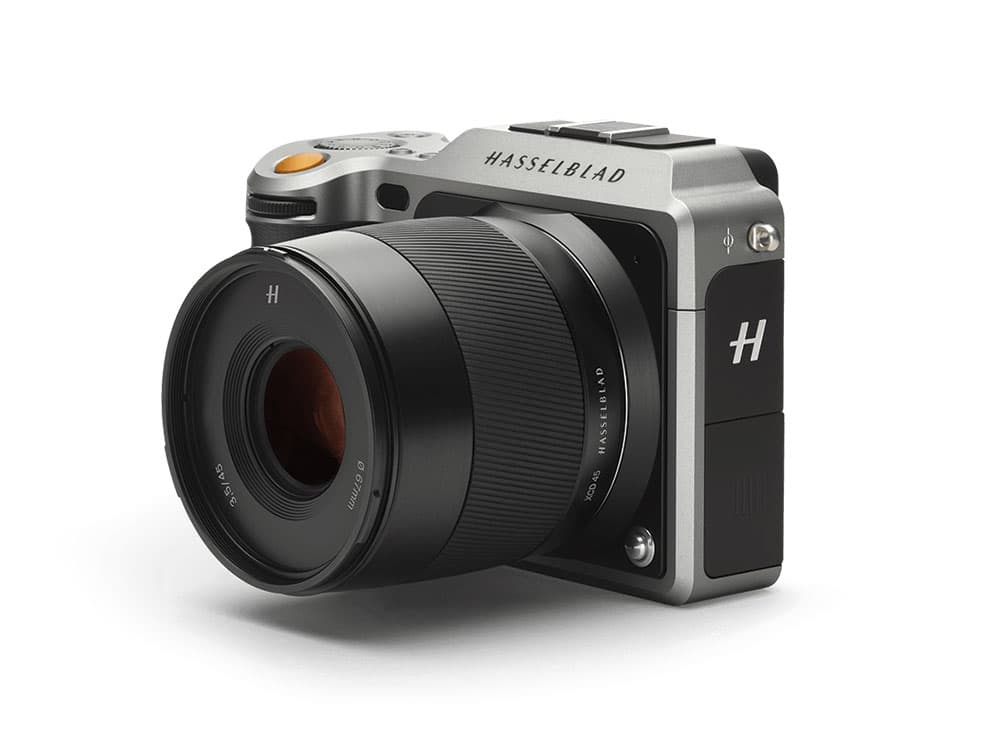
Just like compact cameras and DSLRs, there are mirrorless cameras with a wide range of pixel counts. There is nothing about their design that means they must have a lower pixel count. With 42.4 million pixels on its full-frame sensor, the Sony A7R II has the highest resolution of any full-frame mirrorless camera but the medium-format Hasselblad X1D and Fujifilm GFX 50S have 51.4 million.
5. They are only made by electronics companies
While electronics giant Panasonic was the first to introduce a mirrorless camera, it was quickly followed by its development partner, Olympus. It’s fair to say that Canon and Nikon have been slow to embrace mirrorless technology but they both have a compact camera system line-up and, particularly in the case of Canon, they share much of the technology found in the manufacturers’ SLR cameras.
6. They lack manual control
Not only do compact system cameras give you full manual control over exposure but there are some, like the Fuji X-T2 and X-Pro2, that give you it with traditional controls in the guise of a shutter speed dial and lens aperture ring. If you prefer, it’s also possible to shoot in aperture or shutter priority mode with a CSC, with many having a mode dial to allow you to select your preferred shooting option.
7. They are less streamlined than DSLRs
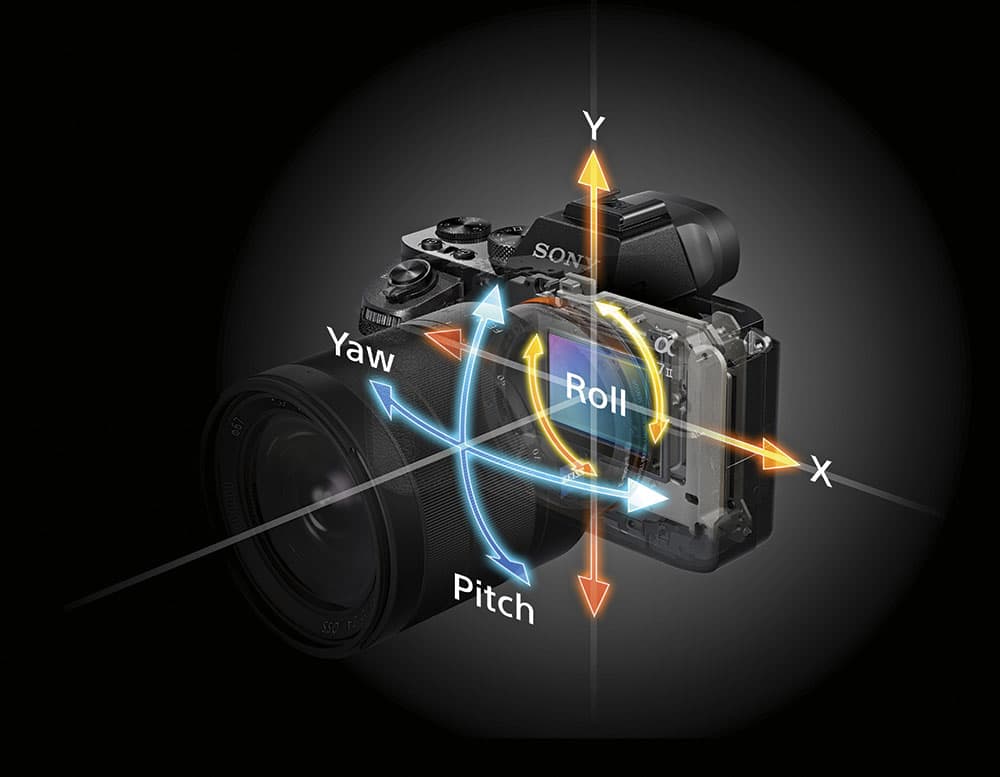
Image stabilisation helps reduce blur from camera shake
It took some time for digital technology and then video capability to ‘bed-in’ to the SLR design. Initially, they were essentially film cameras that had a sensor and a few extra buttons and electronics.
Mirrorless system cameras, on the other hand, were designed from the ground up, drawing on experience from digital SLRs and compact cameras. It gave camera designers and engineers the opportunity to rethink a few things and come up with new solutions to old problems.
In-body image stabilisation, for example, helps reduce blur from camera shake and in some cases can now work in tandem with optical stabilisation to extend the safe handholding shutter speed to incredible lengths. Novel features such as Olympus’s Live Time and Live Composite mode, which allow you to see an image build up on the screen of the camera to aid long exposure shooting, and electronic viewfinders that let you see the impact of colour and exposure settings before you take the shot, also make the photographer’s job much easier, allowing them to concentrate on the most important aspect of photography – composition.
The years spent developing and streamlining the control of SLRs has not been wasted on compact system cameras, though, as much of what has been learned has been carried into the mirrorless models we see today.
8. They produce noisy images
Image quality goes hand in hand with sensor size, pixel count and processing, so mirrorless cameras are no more or less noisy than any other camera with the same sensor specification.
9. They don’t have a professional-level feel
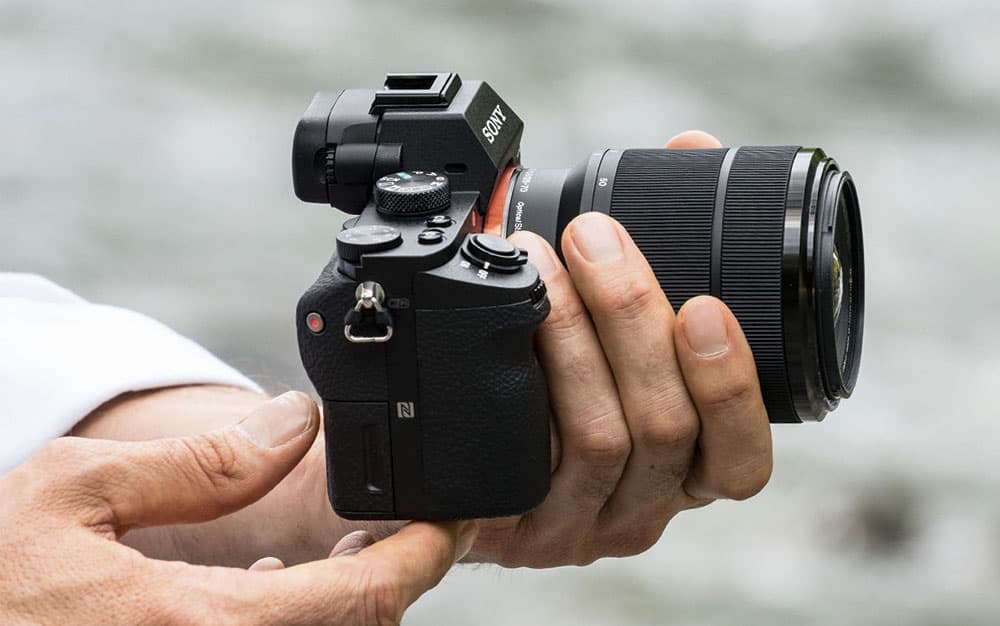
A high-end mirrorless feels as good as any quality SLR
Some people still think that a high-end camera should be big and heavy but it’s the density that really gives the high-quality feel. Walk into a camera shop and ask to take a look at and hold the Fuji X-T2 or X-Pro2 and you’ll see what I mean. High-end cameras tend to be made from metal which gives them a good, solid feeling. The buttons and dials are also well made and responsive, while the grip is shaped to fit nicely in your hand and has a texture that gives purchase.
10. The viewfinder image is poor
It’s true that the first electronic viewfinders were pretty terrible affairs, displaying a noisy image and little detail. Their colour and contrast were also not a great match for the captured image. Happily, that has all changed and the viewfinders in modern compact system cameras are generally very good. They also bring some significant advantages over optical viewfinders, such as the ability to see how the image will actually be captured, taking into account the exposure and white balance settings, and offering a magnified view to help with manual focusing.
11. They suffer viewfinder lag
Older electronic viewfinders had a comparatively low refresh rate, which meant that when you attempted to pan with a moving subject, you saw what the scene looked like before you moved the camera. As a result, you had to guess what the camera was actually seeing. This issue has been addressed now and it’s possible to track a subject and select the perfect moment to take the shot.
12. They have viewfinder blackout
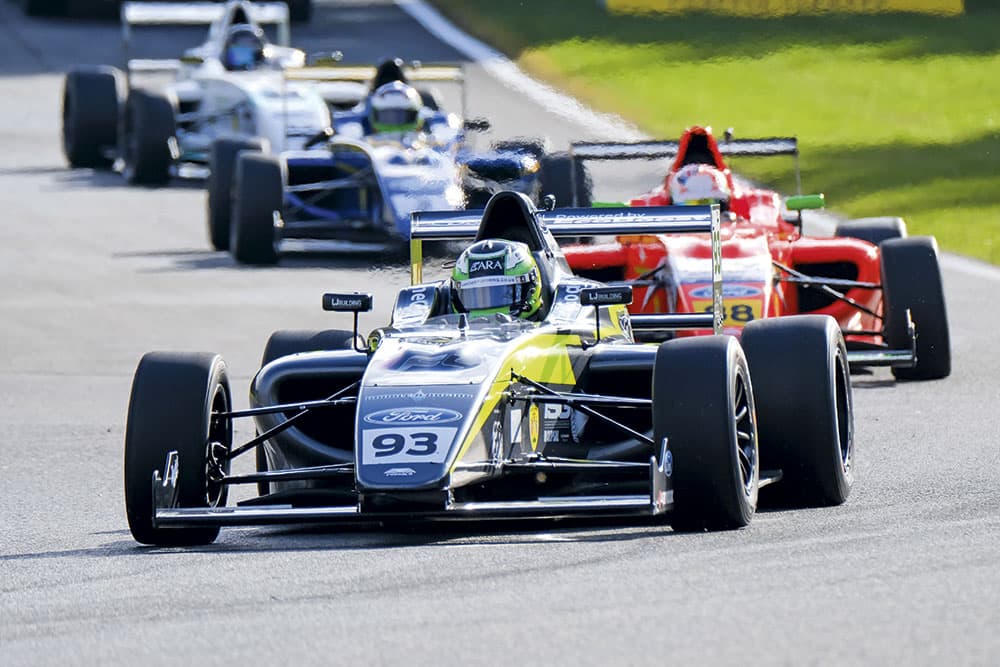
There was a time when electronic viewfinders blacked out or froze between shots, making shooting moving subjects problematic – not to say impossible in some instances. Thankfully more powerful processing engines and viewfinder development means this isn’t usually an issue with modern mirrorless cameras.
13. They have poor AF systems

Mirrorless camera manufacturers have put in a lot of work over the years to improve their autofocus systems. Some have stuck with contrast detection and refined their offerings, while others have put phase detection points on their imaging sensors. The result is that over the years the AF systems have become much better and they can get the subject sharp, quickly.
14. They lack the customisation options of DSLRs
Mirrorless cameras are every bit as customisable as DSLRs and many of them feature touchscreens that add additional virtual buttons or controls for even more customisation. Most have function menus in addition to their main menus that give you quicker access to key features, and some allow you to select the features you want to appear in them.
15. Their lens range is very limited
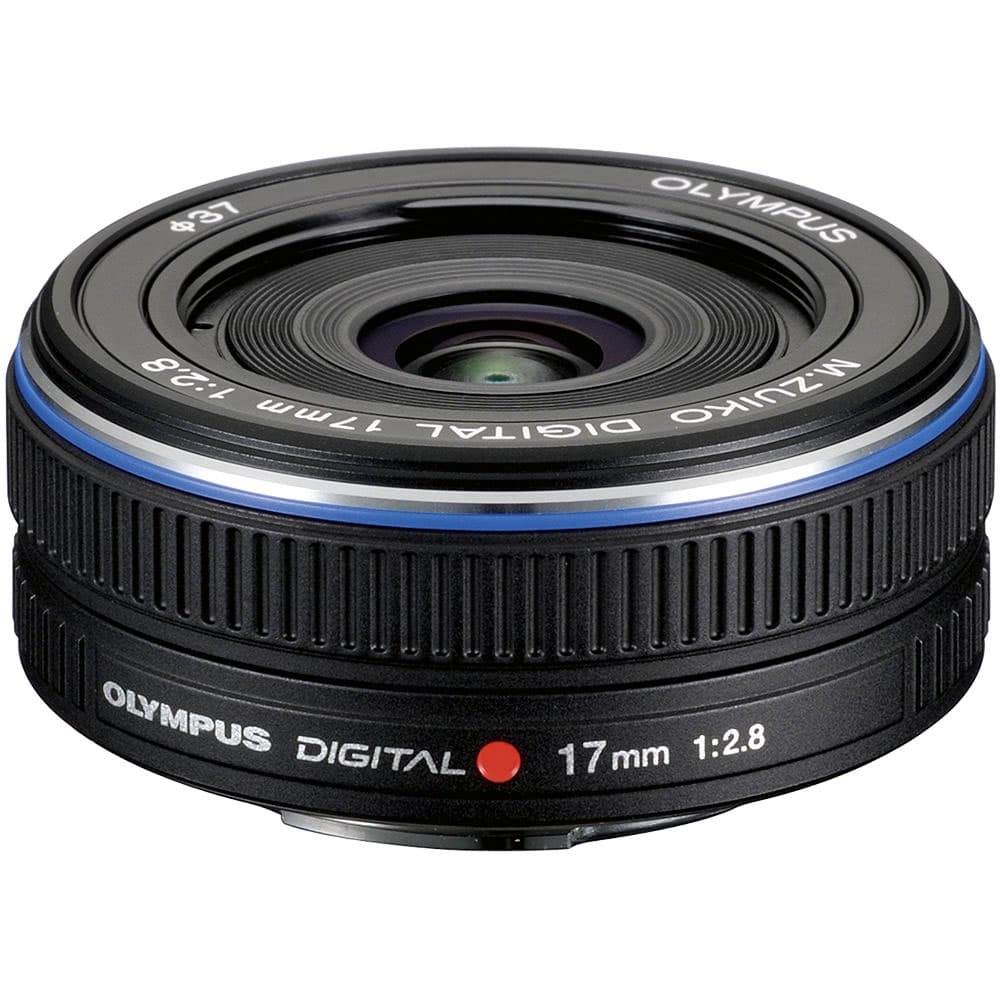
Whenever a new mount or camera type comes along, there’s always going to be a period of time during which the lens range is fairly limited but as time goes on, more optics become available. Olympus and Panasonic have an advantage over the other manufacturers as they both use the same Micro Four Thirds mount, but Fuji and Sony have also been hard at work. As a result, while there’s not a huge back catalogue of legacy optics, there’s a good number available for most mirrorless cameras. And let’s not forget the numerous adapters that are available that allow you to use non-native lenses.
16. They can’t shoot sport and action
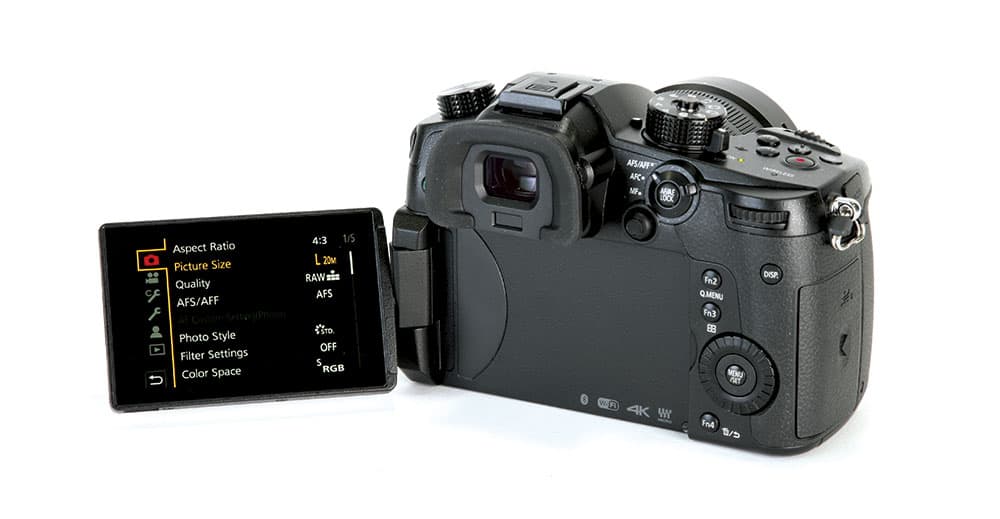
Laggy viewfinders that were prone to freezing and slow continuous autofocus systems meant it was hard to shoot sport or action with a mirrorless camera. Now that these issues have been resolved, it is possible to shoot moving subjects. Models such as the Fuji X-T2, Fuji X-T20, Olympus OM-D E-M1 Mark II, Panasonic GH5, Sony A6300 and A6500 particularly impress in this area.
17. They lack exterior controls and rely too much on their menu system
Cameras that are aimed at novice photographers tend to have fewer buttons and dials. It reduces unnecessary clutter and makes the cameras look less intimidating. Experienced photographers, however, often want quick access to a wider range of features than novices, and hence they prefer to have more buttons and dials. There are mirrorless cameras that cover both ends of the spectrum with advanced models like the Fuji X-T2, Olympus OM-D E-M1 Mark II, Panasonic GH5 and Sony A7-series having a large collection of physical controls across their surface.
It’s also worth noting that the OM-D E-M1 Mark II and GH5 have touchscreens. The touch control doesn’t take the place of any buttons or dials but complements it, giving you another way to control the camera.
18. They aren’t that much smaller than SLRs
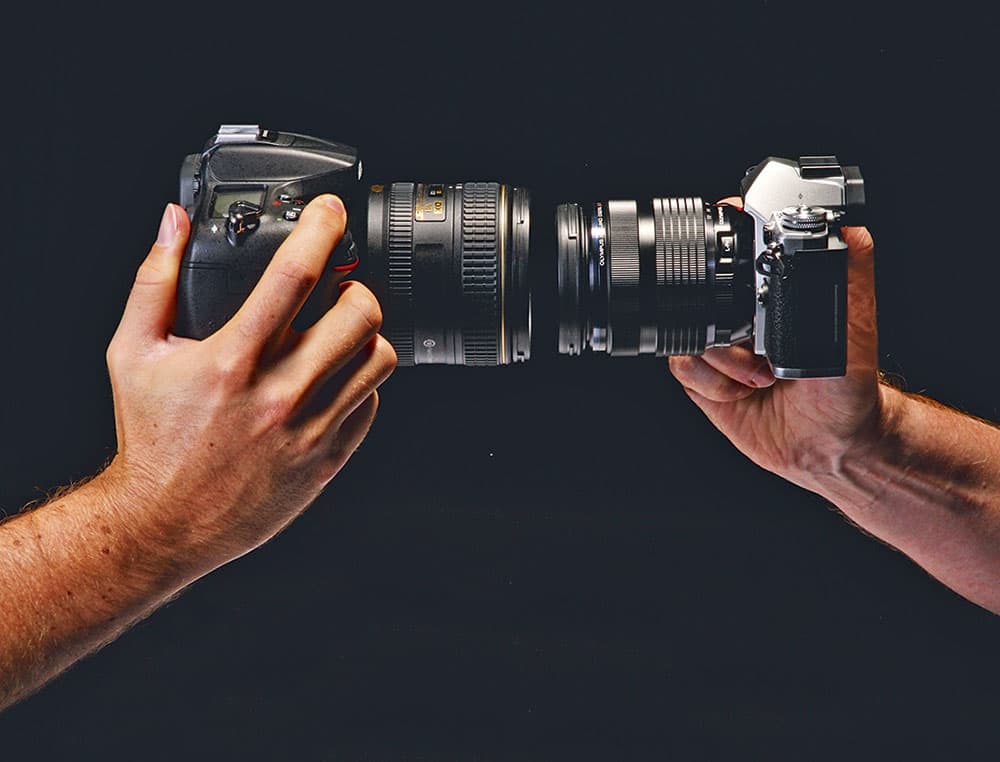
If you compare the dimensions of a mirrorless camera with those of a comparable SLR, the figures don’t always seem vastly different. But when you put the two cameras side-by-side, the mirrorless model usually looks considerably smaller. The full-frame Sony A7-series cameras are particularly compact for their sensor size.
19. They have a poor battery life
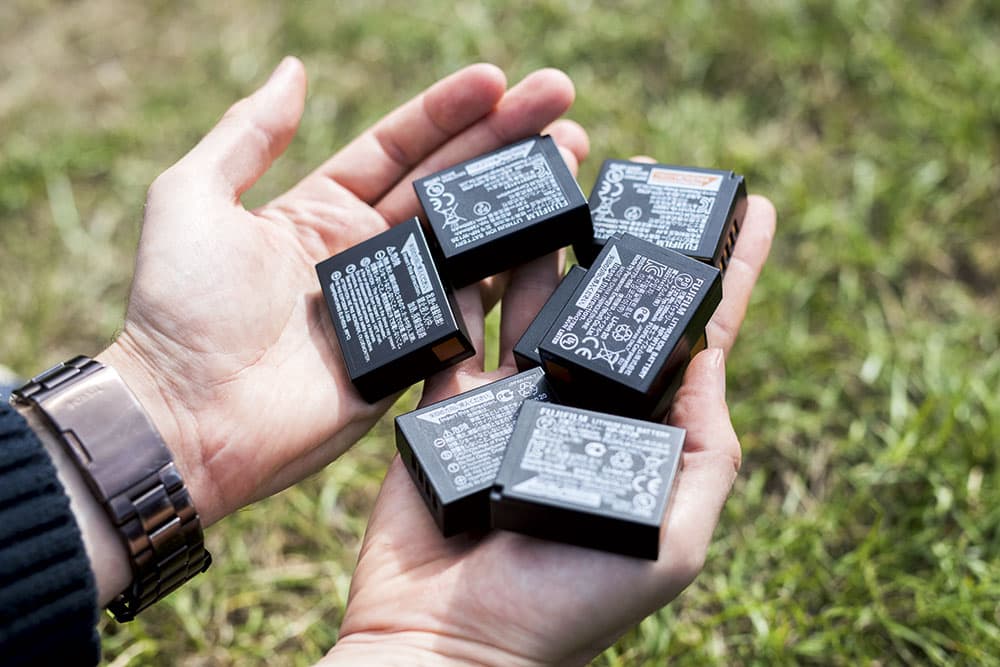
Because compact system cameras are in full-time Live View mode, the sensor is operating the whole time, sending the image signal to the screen or viewfinder. These are also electronic devices that draw current and drain the battery. This is something that camera manufacturers have recognised and, as well as supplying more powerful batteries, there are often economy modes that can extend battery life.
20. They can’t focus in low light

Low-light focusing capability is something that mirrorless camera manufacturers have been working on. An entry-level CSC that relies on contrast-detection focusing is still likely to struggle a little so that you’ll spot some backwards and forwards adjustment, but high-end models, especially those with hybrid focusing systems, cope much better.
21. They’re gimmicky

Film simulation modes can be extremely effective
Camera makers are always trying to find new ways to make their products attractive and this can lead to technology that helps us take better images. I could happily live without Child mode (1 and 2), Pet mode and Food mode (I’m looking at you, Panasonic), but I’m a fan of things like Fuji’s Film Simulation modes, Panasonic’s 6K Photo and Olympus’s Live Composite mode which help us take more attractive images easily.
22. They can’t shoot wideangle images
When DSLRs first became affordable, one of the issues new users experienced was that their existing lenses bought for film cameras were subject to focal length magnification because of the smaller sensor. It took a while for manufacturers to bring out optics that would enable wideangle shooting. APS-C-format compact system cameras have the same focal-length-magnification issue but manufacturers have brought out compatible wideangle lenses.
23. They are expensive
Look at the advertising pages of this issue and I’m sure you’ll find a compact system camera and lens for under £300. At the other end of the scale, the Sony A7R II retails for a shade under £2,500 without a lens. Browse the listings for a DSLR and you might find a Canon 1300D for £289 body only or £349 with a lens, and a Nikon D3300 kit for £339, while a Nikon D5 body will be over £5,000, and a Canon 5D Mark IV nearly £3,500. Modern cameras aren’t cheap but mirrorless cameras are no more expensive than their DSLR counterparts.
24. Mirrorless cameras don’t need a tripod
Mirrorless cameras are smaller and lighter than a DSLR, making them more attractive to carry on long journeys. Adding a tripod spoils the concept a little, and some CSCs have impressive image stabilisation, but there comes a time when you need a tripod. If you’re shooting in very low light and you want to keep sensitivity low and have plenty of depth of field, you need a tripod. Same goes for long exposures during the day when you’re using an ND filter. A tripod is also advisable for very close macro work to ensure that you get the focus exactly where you want it.
25. They can’t restrict depth of field

Mirrorless cameras allow you to control depth of field equally as well as a DSLR
This myth goes hand in hand with the misconception that all mirrorless cameras have small sensors. You have just as much control over depth of field with a mirrorless camera as you do with an SLR with the same sensor size and a comparable lens.
26. The pros don’t use them
Professional photographers tend to use the tools that do the job that needs doing. If they can use a small, light camera they will. Similarly, if they need to use a medium-format camera, they will, and these days that can mean using a mirrorless camera with an electronic viewfinder and a touchscreen.
Pros don’t want to make their lives complicated – they want to keep things simple and take great images. For this reason, while there are some who’ll spend hours processing raw files, there are others who do most of the work in-camera, even making use of filter effects.
Having an electronic viewfinder enables them to see the impact of the filter effect before they take the shot, so they know they’re getting what they want.
27. They can’t shoot raw image files
Yes they can. Compact system cameras have raw and JPEG file options, just like DSLRs do. That said, some Fuji and Olympus photographers like the results that they get from the Film Simulation (Fuji) and Art Filter (Olympus) modes so much that they rely on the JPEGs. Why not experiment and see if you agree with them.
28. They are small and fiddly
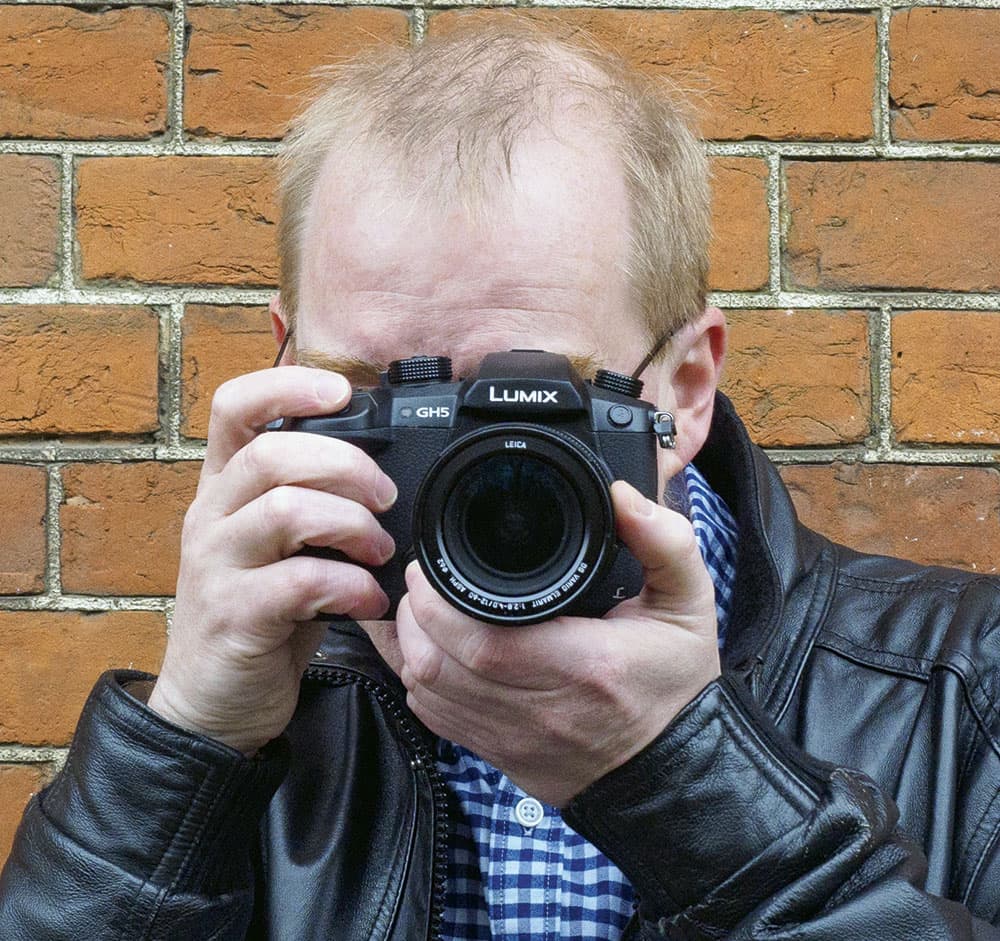
Granted, there are some small models but there are others that give your hands some room. It’s worth trying a variety, because you may find a control arrangement that you like. Most traditionalists love the old-school exposure controls of the Fuji X-T2, X-T20 and X-Pro2, for example.
29. They’re not suitable for shooting weddings
Why not? They have the same sensor size and resolution as an SLR, the image quality is the same and the autofocusing is snappy. There are plenty of professional wedding photographers who use mirrorless cameras. They like the lower weight, the image quality and the electronic viewfinder that lets them know they have the exposure right before they even take the shot. No more worrying about the bride’s dress.
30. People won’t take you seriously
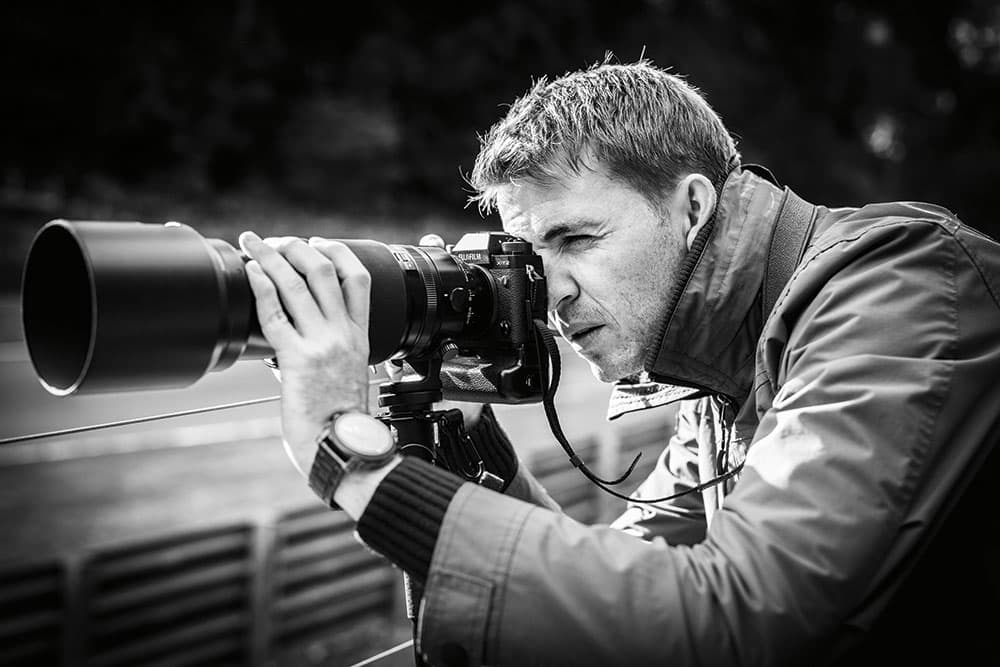
Times have changed and people are now taking mirrorless cameras a lot more seriously
If you turn up to an important shoot with an entry-level model, possibly not, but the number of controls on top-end mirrorless cameras should keep most people quiet. If they don’t, the results should.
Angela Nicholson
Photographer and journalist Angela Nicholson reviewed cameras for Amateur Photographer and was our technical editor. She’s tested everything from compacts to medium-format cameras. She’s also witnessed the evolution of mirrorless system cameras first-hand. www.angelanicholson.com

